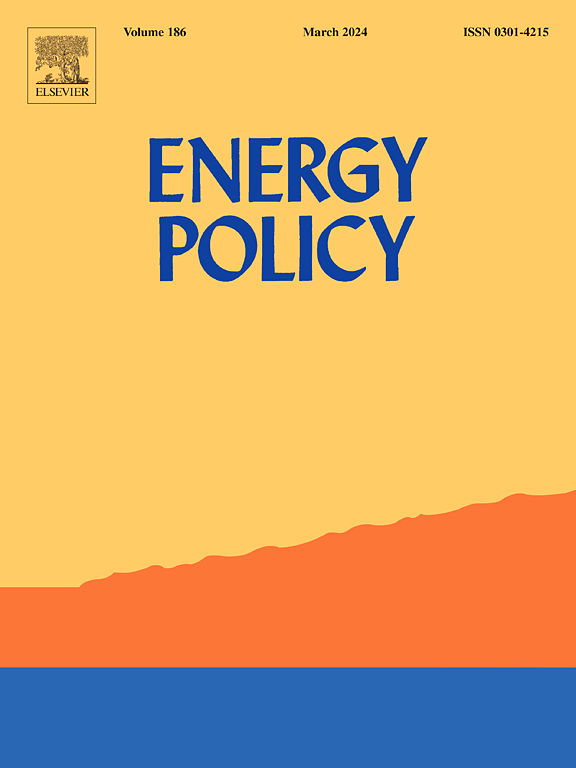Assessment of Colombian renewable energy auctions policy: Enabler or barrier for concentrating solar power plants
Abstract
Auctions are an alternative for introducing renewable energy (RE) projects into electricity markets at competitive prices. Colombia added 2.2 GW capacity of RE through this mechanism. Nevertheless, 94% of the awarded generation is allocated between 12 a.m. and 5 p.m. because of a lack of low-cost storage. Integrating concentrating solar power plants (CSP) could be relevant in tackling this issue. Therefore, a preliminary step is to determine if Colombian instruments benefit the deployment of CSP and trigger the discussion about its future in the country. In this work, we evaluate how auction mechanisms and fiscal incentives (FI) influence the Levelized Cost of Electricity (LCOE) and Internal Rate of Return (IRR) for two CSP configurations. The results indicate that FIs reduce capital expenditures between 17.11% and 19.45%, reaching similar LCOEs to those reported internationally. However, energy prices higher than USD 150/MWh are required to achieve an adequate IRR. Regarding the auction design, it is observed that a “security criterion” leads to a significant loss of competitiveness for CSP as it neglects its possibility to support demand at night. Policy suggestions are provided for a level playing field where low-cost solutions can coexist with dispatchable renewable power generation.

 求助内容:
求助内容: 应助结果提醒方式:
应助结果提醒方式:


